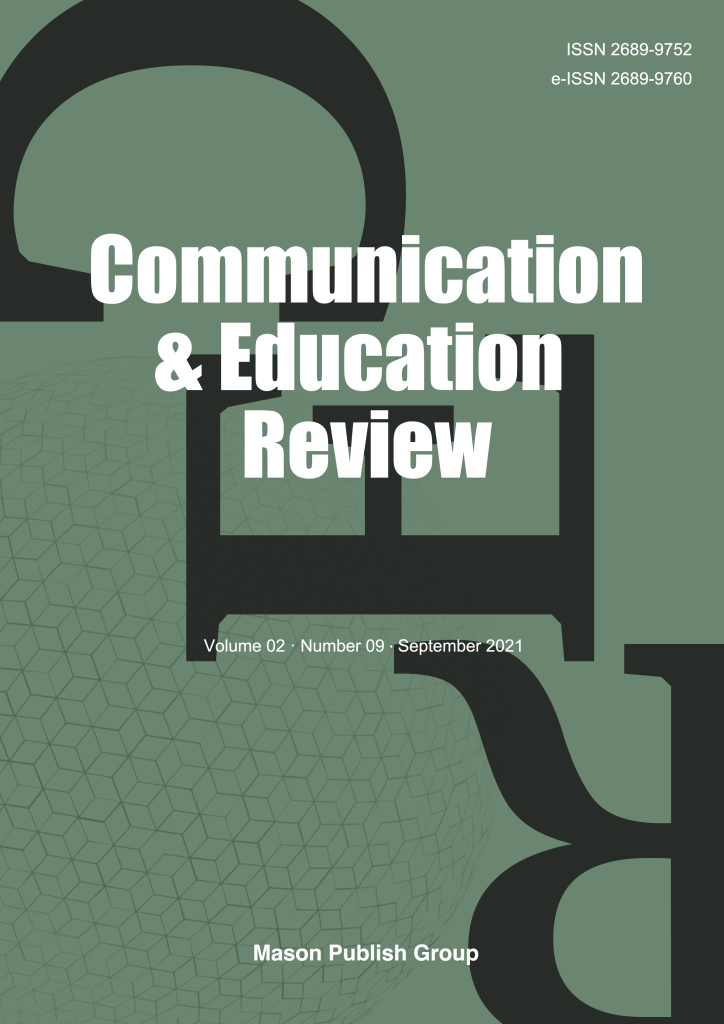Quantitative Evaluation of Graduate Education Policy for Professional Degree in China: Based on PMC-Index model
DOI:
https://doi.org/10.37420/j.cer.2025.1036Keywords:
Professional degree, Graduate education, PMC-Index model, Policy evaluationAbstract
China's professional degree graduate education has entered an era of high-quality development, where effective policy interventions are essential for achieving a stepwise enhancement in the quality of this education. This paper analyzes 78 professional degree graduate education policies issued by central government agencies and local governments in China from 1990 to 2021. Utilizing content analysis and text mining techniques, we extract and merge high-frequency terms, construct the PMC-Index model for China's professional degree graduate education policies, and quantitatively evaluate six specific policies. This evaluation reveals the characteristics, strengths, and weaknesses of the current policy formulation, aiming to provide a theoretical foundation for the subsequent improvement and refinement of professional degree graduate education. The goal is to establish a robust theoretical basis for enhancing future policies in this domain. The conclusions of this study are as follows: (1) The PMC indexes of the six professional degree graduate education policies are ranked in descending order as follows: P3 > P2 > P1 > P6 > P5 > P4. According to the established criteria for policy grade classification, four policies (P3, P2, P1, and P6) are categorized as excellent, while two policies (P5 and P4) are deemed acceptable. (2) The PMC indexes of the national-level policies (P1, P2, P3) exceed those of the local-level policies. Specifically, the PMC indexes of the national-level policies (P1, P2, P3) are higher than those of the local-level policies (P4, P5, P6). Factors such as policy inclination, content, and target audience are the primary reasons for the discrepancies in indexes between national and local-level policies. (3) National-level policies emphasize both macro-guidance and micro-implementation, demonstrating operational feasibility. In contrast, local-level policies exhibit uneven grading, with certain policies showing inconsistent use of policy tools, a lack of comprehensive coverage in policy content, and insufficient inclination towards policy objectives.




